How to Create an Earthquake Emergency Plan: Preparedness Strategies for Your Family
Earthquakes are unpredictable and can strike at any moment, leaving families vulnerable and unprepared. An earthquake emergency plan is a crucial step in ensuring the safety of your loved ones and minimizing the potential damage to your property.
As a professional and experienced content creator, I have seen first-hand the devastating effects of earthquakes and the importance of being prepared. In this article, I will guide you through the necessary steps to create an earthquake emergency plan for your family.
Why You Need an Earthquake Emergency Plan
Earthquakes can happen without warning, leaving you with little time to react. Having an emergency plan in place can help you and your family stay safe and minimize the potential damage to your property. It will also ensure that everyone in your household knows what to do in the event of an earthquake.
The Key Components of an Earthquake Emergency Plan
Creating an earthquake emergency plan involves several key components, including:
- Identifying safe zones in your home and workplace
- Establishing communication protocols with family members and emergency services
- Preparing emergency kits with essential supplies
- Developing an evacuation plan
By following these steps and creating a comprehensive earthquake emergency plan, you can protect your family and property in the event of an earthquake.
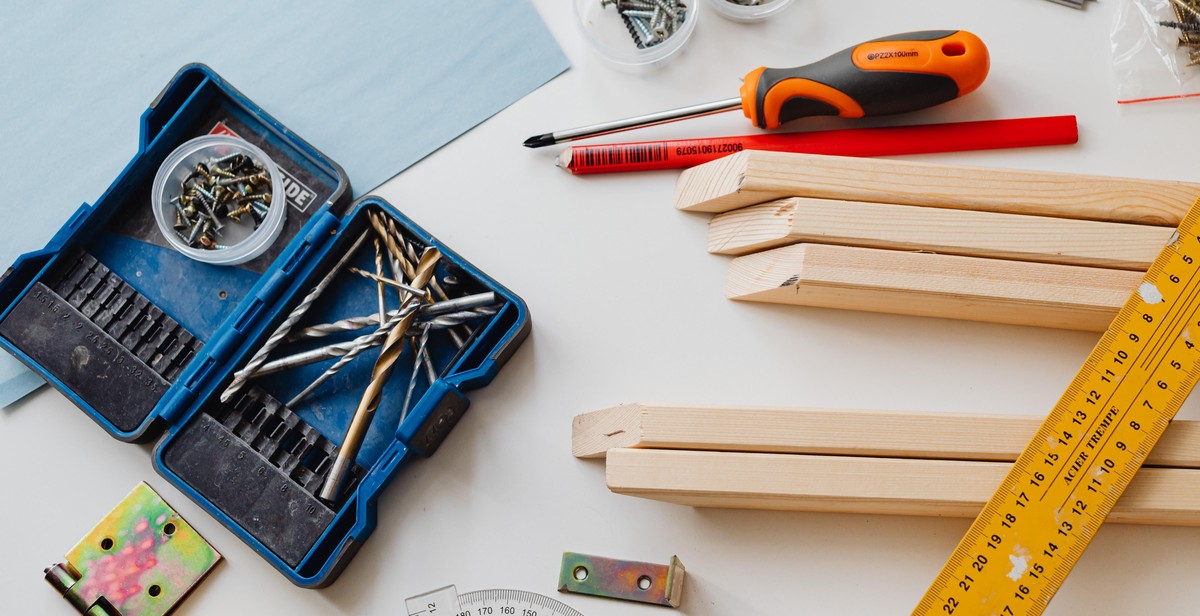
Understanding Earthquakes
Earthquakes are one of the most unpredictable natural disasters that can occur at any time and can cause severe damage to property and human life. Understanding the causes and measurements of earthquakes is crucial in developing an effective earthquake emergency plan.
What Causes Earthquakes?
Earthquakes are caused by the movement of tectonic plates beneath the Earth’s surface. The Earth’s crust is divided into several large and small plates that move slowly over time. When two plates collide or slide past each other, it creates a build-up of pressure, which can cause the crust to crack and shift, resulting in an earthquake.
Aside from tectonic plate movements, earthquakes can also be caused by human activities such as mining, drilling, and the construction of large dams and buildings. These activities can alter the stress and strain on the Earth’s crust, leading to seismic activity.
How are Earthquakes Measured?
Earthquakes are measured using a device called a seismometer, which detects and records the vibrations caused by seismic waves. The magnitude of an earthquake is determined by the Richter scale, which measures the amplitude of the seismic waves. The higher the magnitude, the stronger the earthquake.
Aside from magnitude, earthquakes are also measured by their intensity, which refers to the amount of damage caused by the earthquake. The Modified Mercalli Intensity Scale (MMI) is used to measure the intensity of an earthquake, ranging from I (not felt) to XII (total destruction).
| Magnitude | Effects |
|---|---|
| Less than 2.0 | Microearthquake, not felt. |
| 2.0 – 2.9 | Minor earthquake, felt slightly by some people. |
| 3.0 – 3.9 | Minor earthquake, felt by many people. No damage to buildings. |
| 4.0 – 4.9 | Light earthquake, felt by all. Minor damage to weak buildings. |
| 5.0 – 5.9 | Moderate earthquake, some damage to buildings and structures. |
| 6.0 – 6.9 | Strong earthquake, damage to buildings and structures. |
| 7.0 – 7.9 | Major earthquake, widespread damage and destruction. |
| 8.0 or greater | Great earthquake, catastrophic damage and loss of life. |
Understanding the causes and measurements of earthquakes is the first step in developing an effective earthquake emergency plan. By being prepared and knowing what to do in the event of an earthquake, you can protect yourself and your loved ones from harm.
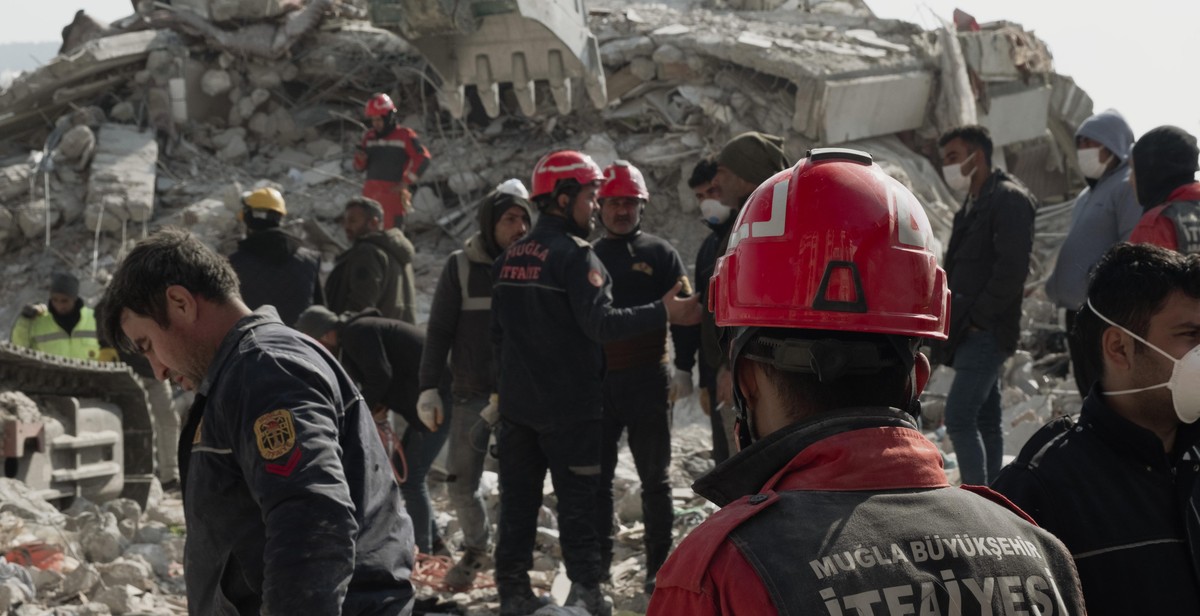
Earthquake Emergency Plan: Getting Started
Earthquakes can happen at any time and without warning. It is important to have an earthquake emergency plan in place to keep yourself and your family safe in the event of a seismic activity. The following strategies can help you get started:
Assessing Your Risks
Before creating an earthquake emergency plan, it is important to assess the risks in your area. Research the history of earthquakes in your region and identify the potential impact of a seismic activity. Consider the age and structural integrity of your home or building, as well as the proximity to fault lines or other potential hazards. This information will help you determine the level of preparedness needed for your family.
Identifying Safe Spots
Identifying safe spots in your home or building is crucial for earthquake preparedness. These spots should be away from windows, shelves, and other hazards that could cause injury during an earthquake. It is important to practice dropping, covering, and holding on in these safe spots to ensure that you and your family know what to do in the event of a seismic activity.
Preparing an Emergency Kit
An emergency kit is essential for earthquake preparedness. This kit should include enough food, water, and supplies to last for at least 72 hours. It is important to include items such as flashlights, batteries, a first aid kit, and a radio in the emergency kit. Keep the emergency kit in an easily accessible location and make sure all family members know where it is located.
| Emergency Kit Checklist |
|---|
| Water (1 gallon per person per day) |
| Non-perishable food (canned or dried) |
| Flashlights |
| Batteries |
| First aid kit |
| Radio (battery-powered or hand-cranked) |
| Whistle |
| Dust mask |
| Moist towelettes and garbage bags |
| Wrench or pliers (to turn off utilities) |
By assessing your risks, identifying safe spots, and preparing an emergency kit, you can create an earthquake emergency plan that will keep you and your family safe in the event of a seismic activity.
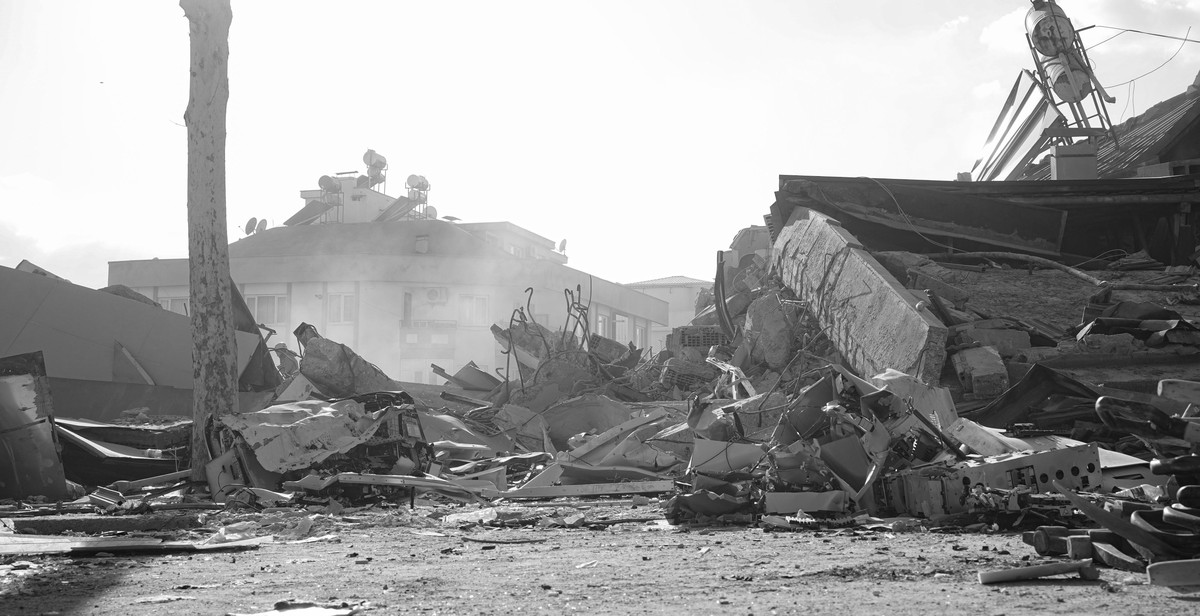
Creating Your Earthquake Emergency Plan
An earthquake can happen at any time, and it’s essential to have a plan in place to keep you and your family safe. Here are some strategies to help you create your earthquake emergency plan.
Establishing Communication
The first step in creating your earthquake emergency plan is to establish communication with your family and friends. Make sure everyone knows what to do in case of an earthquake. Identify a family meeting place that’s safe and easy to get to. Have a list of emergency contacts, including the phone numbers of your family members, friends, and neighbors. Make sure everyone has a copy of this list in their wallet or purse.
Developing Your Evacuation Plan
Your evacuation plan should include a map of your home and the surrounding area. Identify the safest routes to take in case of an earthquake. Make sure everyone knows how to turn off the gas, water, and electricity in case of an emergency. Have a list of emergency supplies, including food, water, and first aid kit, and make sure everyone knows where they are located. Consider having a designated person in charge of carrying the emergency supplies.
Preparing for Power Outages
Power outages are common after an earthquake, and it’s essential to be prepared. Have an emergency supply of batteries, flashlights, and candles. Make sure everyone knows where they are located. Consider getting a portable generator if you live in an area prone to earthquakes.
| Items to Include in Your Earthquake Emergency Plan |
|---|
| Emergency contact list |
| Map of your home and surrounding area |
| Safest evacuation routes |
| List of emergency supplies |
| Flashlights, batteries, and candles |
Remember to practice your earthquake emergency plan with your family regularly. The more you practice, the easier it will be to act quickly in case of an emergency. Stay safe!
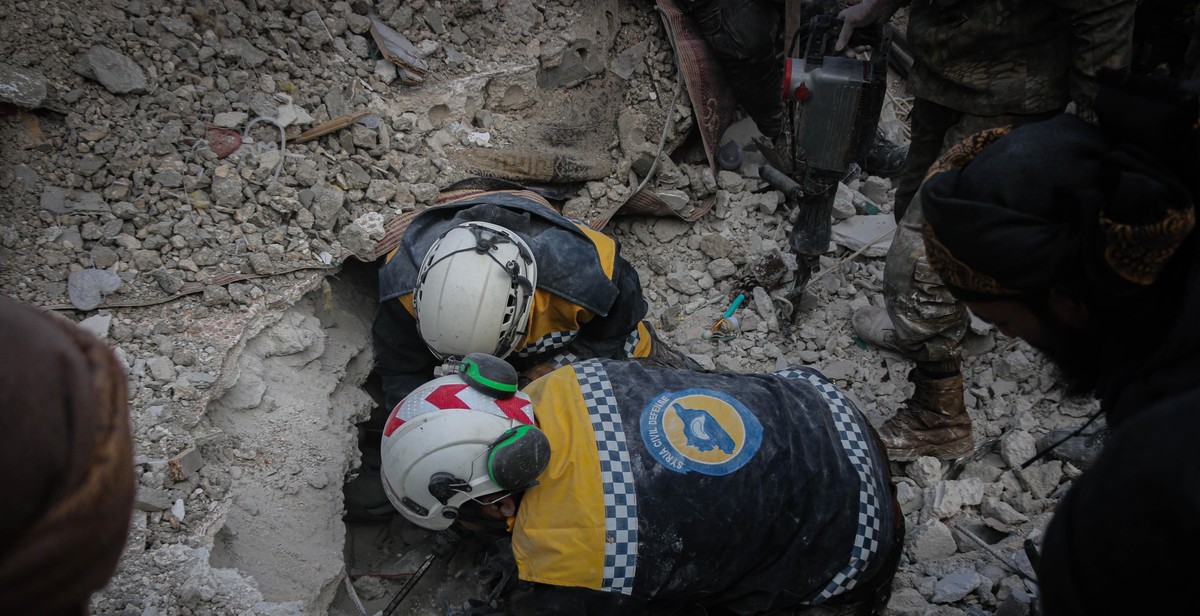
Practice Makes Perfect
Creating an earthquake emergency plan is just the first step towards preparedness. It is important to regularly practice and review your plan to ensure that everyone in your family knows what to do in case of an earthquake. Here are some tips for conducting regular drills and reviewing your plan:
Conducting Regular Drills
Practicing your earthquake emergency plan can help you identify any weaknesses or gaps that need to be addressed. Here are some tips for conducting regular drills:
- Schedule regular earthquake drills at least twice a year.
- Choose a time when everyone is home, including children and pets.
- Simulate different scenarios, such as being at home, at work, or in a public place.
- Time how long it takes to complete each step of your plan.
- Identify any areas where improvements can be made.
- Practice until everyone is comfortable with the plan.
Reviewing and Revising Your Plan
As your family and circumstances change, it is important to review and revise your earthquake emergency plan. Here are some tips for reviewing and revising your plan:
- Review your plan at least once a year to ensure that it is up-to-date.
- Make sure that everyone in your family knows where the plan is located.
- Update your plan as needed to reflect changes in your family, home, or community.
- Include new information, such as emergency contact numbers or evacuation routes.
- Consider getting professional advice to ensure that your plan is comprehensive and effective.
| Tip: | Consider involving your children in the creation of your earthquake emergency plan. This can help them feel more prepared and empowered in case of an earthquake. |
By regularly practicing and reviewing your earthquake emergency plan, you can ensure that you and your family are prepared for any seismic event. Remember, practice makes perfect!
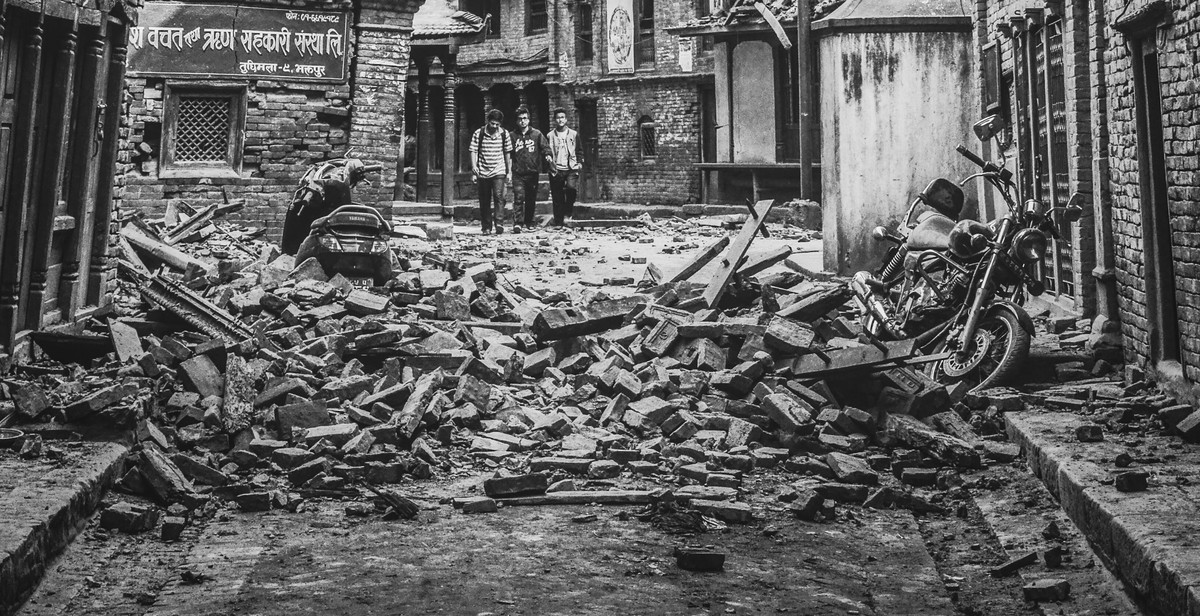
Conclusion
Creating an earthquake emergency plan is crucial for the safety of your family and loved ones. By taking the time to prepare and plan ahead, you can minimize the impact of an earthquake and ensure that everyone in your household knows what to do in case of an emergency.
Key takeaways
- Identify potential hazards in your home and secure them
- Create an emergency kit with essential supplies
- Develop a communication plan with your family and loved ones
- Practice earthquake drills regularly with your household
- Stay informed and up-to-date with local emergency alerts and notifications
Final thoughts
Remember, earthquakes can strike at any time and without warning. It’s important to take the necessary steps to prepare yourself and your family in case of an emergency. By following the strategies outlined in this article, you can create a comprehensive earthquake emergency plan that will help keep you and your loved ones safe.
| Author: | Your Name |
| Published: | June 1, 2021 |
| Category: | Emergency Preparedness |
